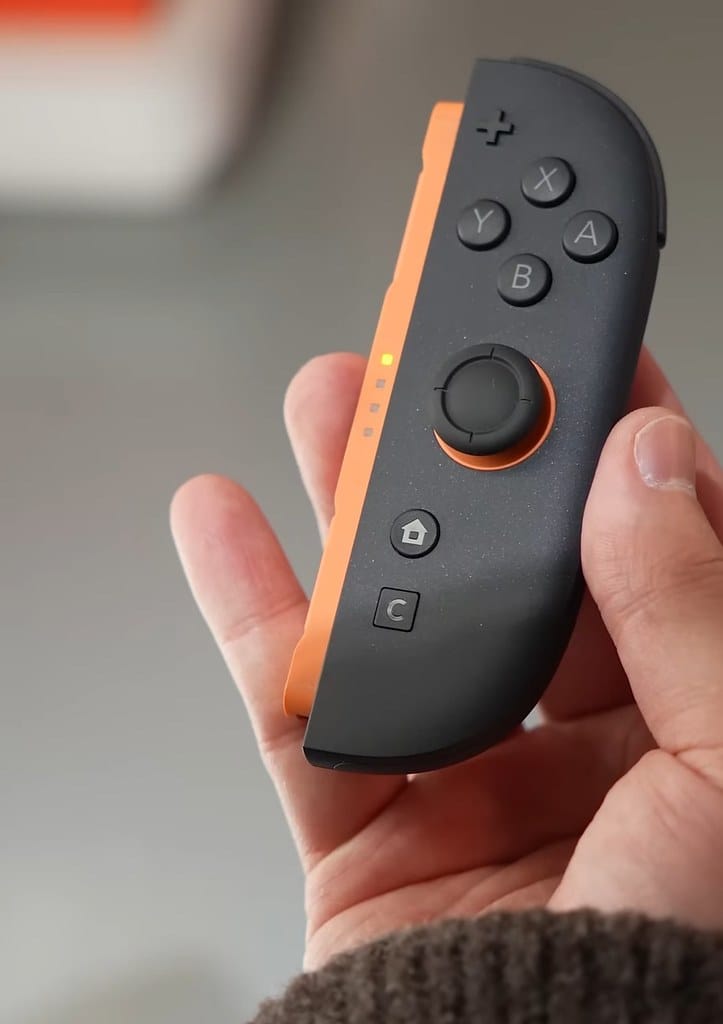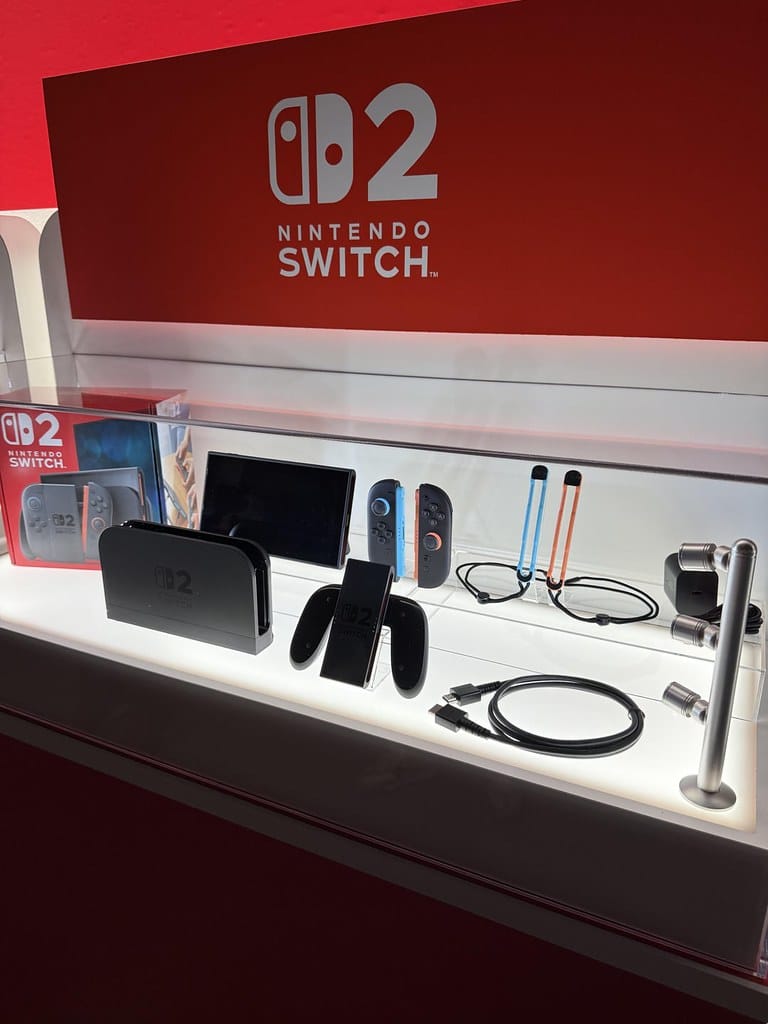Nintendo's Switch 2 Breaks Records: 6 Million Units Sold But Supply Chain Can't Keep Pace
Nintendo's highly anticipated Switch 2 has achieved a remarkable milestone, selling over 6 million units since its launch, yet the gaming giant finds itself in the enviable position of struggling to meet overwhelming consumer demand. This supply shortage has created a fascinating case study in product launches, market dynamics, and the challenges of scaling production for breakthrough gaming hardware.
Breaking Sales Records Amid Supply Constraints
The Switch 2's impressive sales figures represent one of the strongest console launches in Nintendo's history, surpassing even the original Switch's initial performance. However, these numbers tell only part of the story. Industry analysts estimate that Nintendo could have sold nearly double that amount if adequate inventory had been available across global markets.
Empty shelves at major retailers like GameStop, Best Buy, and Amazon have become a common sight, with restock notifications selling out within minutes. This scarcity has inadvertently created a secondary market where Switch 2 consoles are being resold at premium prices, sometimes 50-100% above the suggested retail price of $399.
The Perfect Storm of Demand Drivers
Several factors have contributed to the unprecedented demand for Nintendo's latest console. The Switch 2 boasts significant hardware improvements over its predecessor, including enhanced processing power, improved graphics capabilities, and backward compatibility with the original Switch's extensive game library of over 4,000 titles.
The timing of the launch has also proved fortuitous. Released during the peak holiday shopping season, the Switch 2 has captured the attention of both longtime Nintendo fans and newcomers to the platform. The console's hybrid design – functioning as both a home console and portable device – continues to resonate with modern gaming preferences, especially among younger demographics who value flexibility and mobility.
Supply Chain Challenges in a Post-Pandemic World
Nintendo's production struggles reflect broader issues plaguing the electronics industry. The company has been candid about facing semiconductor shortages, manufacturing bottlenecks, and logistics challenges that have limited their ability to ramp up production quickly.
"We are working around the clock with our manufacturing partners to increase production capacity," stated a Nintendo spokesperson in a recent investor call. "However, the complexity of our hardware and the current global supply chain environment means we cannot simply flip a switch to double our output overnight."
The situation is particularly challenging given that Nintendo manufactures the Switch 2 across multiple facilities in Asia, each facing their own constraints related to component availability and workforce capacity.
Market Impact and Consumer Response
The supply shortage has created an interesting dynamic in the gaming market. Rather than dampening enthusiasm, the scarcity appears to have intensified demand, with social media buzzing with restock alerts and purchasing strategies. Gaming communities have formed dedicated groups solely focused on tracking Switch 2 availability, turning the acquisition process into a game itself.
Retailers have implemented various strategies to manage the situation, including lottery systems, bundle-only sales, and membership-exclusive access. These approaches have had mixed results, sometimes favoring scalpers and automated purchasing systems over genuine consumers.
Looking Ahead: Production Ramp-Up Plans
Nintendo has announced plans to significantly increase production capacity in the coming months. The company is investing in additional manufacturing partnerships and has secured commitments for critical components through the first half of the year.
Industry experts predict that supply may begin to normalize by late spring, though strong demand is expected to continue well into the summer months. The company's financial projections suggest they anticipate selling 15-20 million Switch 2 units in the first fiscal year, assuming production challenges can be resolved.
The Bottom Line
Nintendo's Switch 2 launch represents both a tremendous success and a valuable lesson in modern product launches. While the 6 million units sold demonstrate the strength of Nintendo's brand and product innovation, the ongoing shortages highlight the critical importance of supply chain planning in today's interconnected global economy.
For consumers, patience appears to be the key virtue, with regular restocks expected but likely to continue selling out quickly. For Nintendo, the challenge lies in scaling production while maintaining quality standards and meeting the astronomical demand they've created. This situation underscores how a successful product launch in today's market requires not just great innovation, but also exceptional operational execution.

